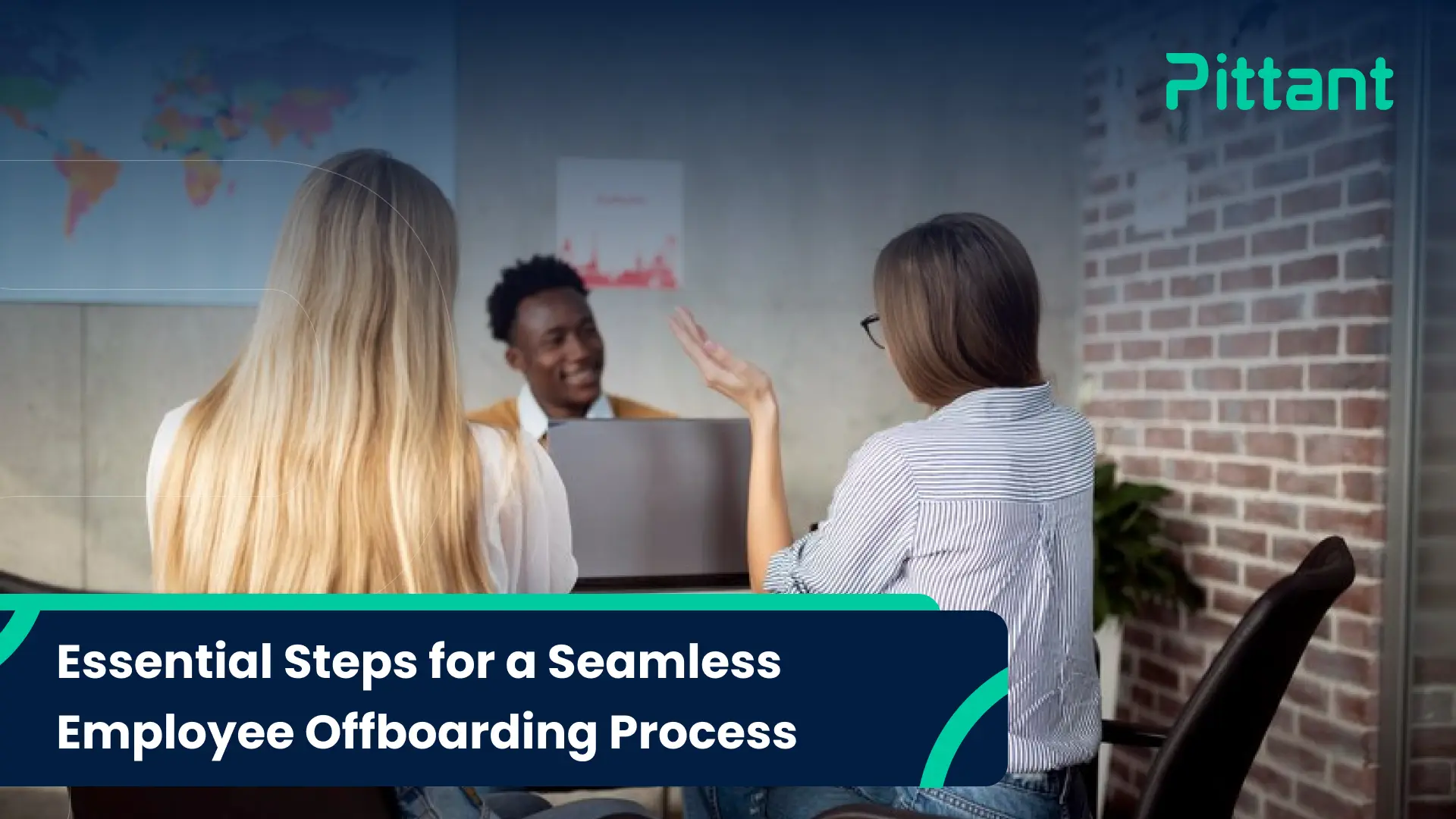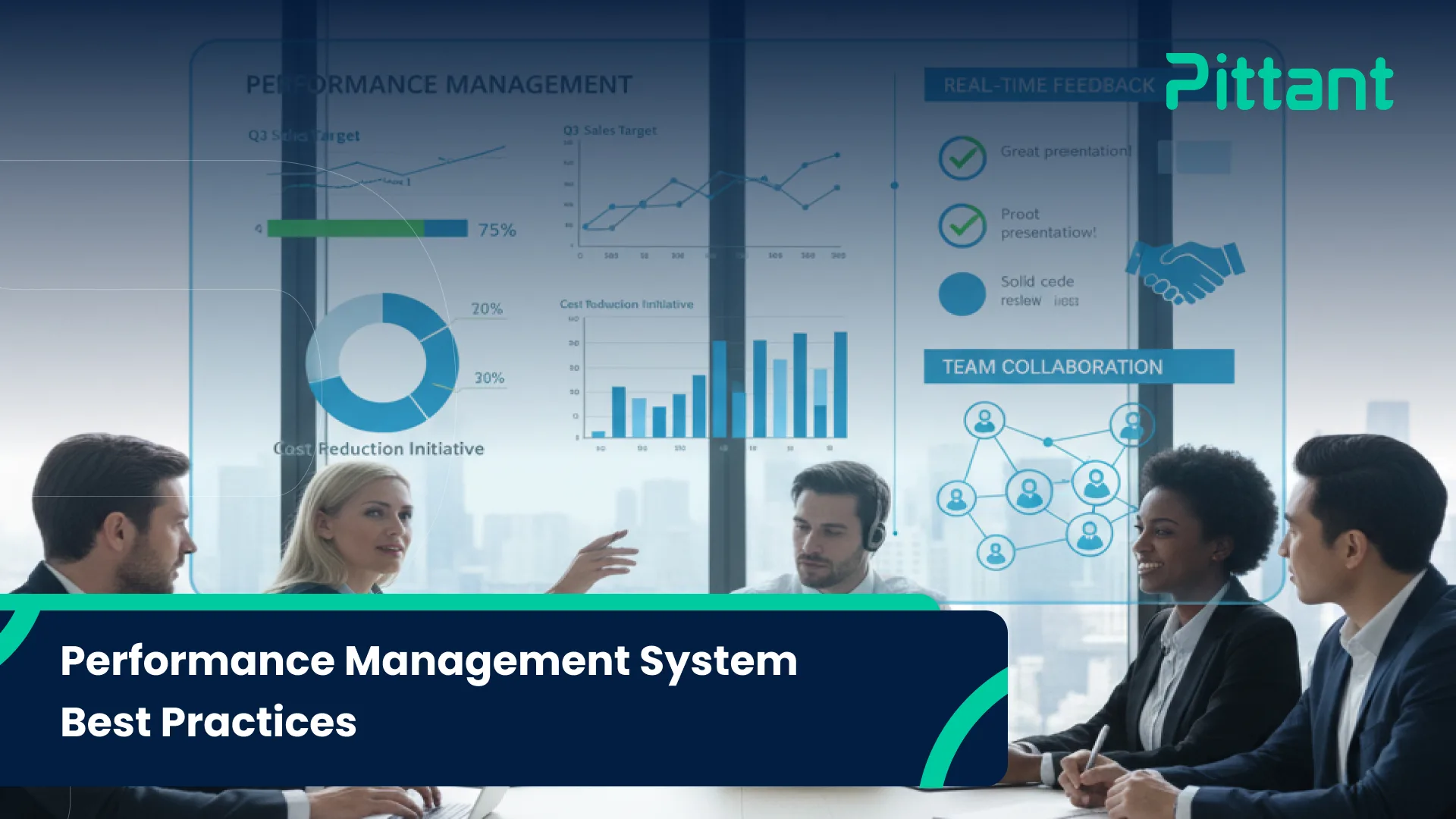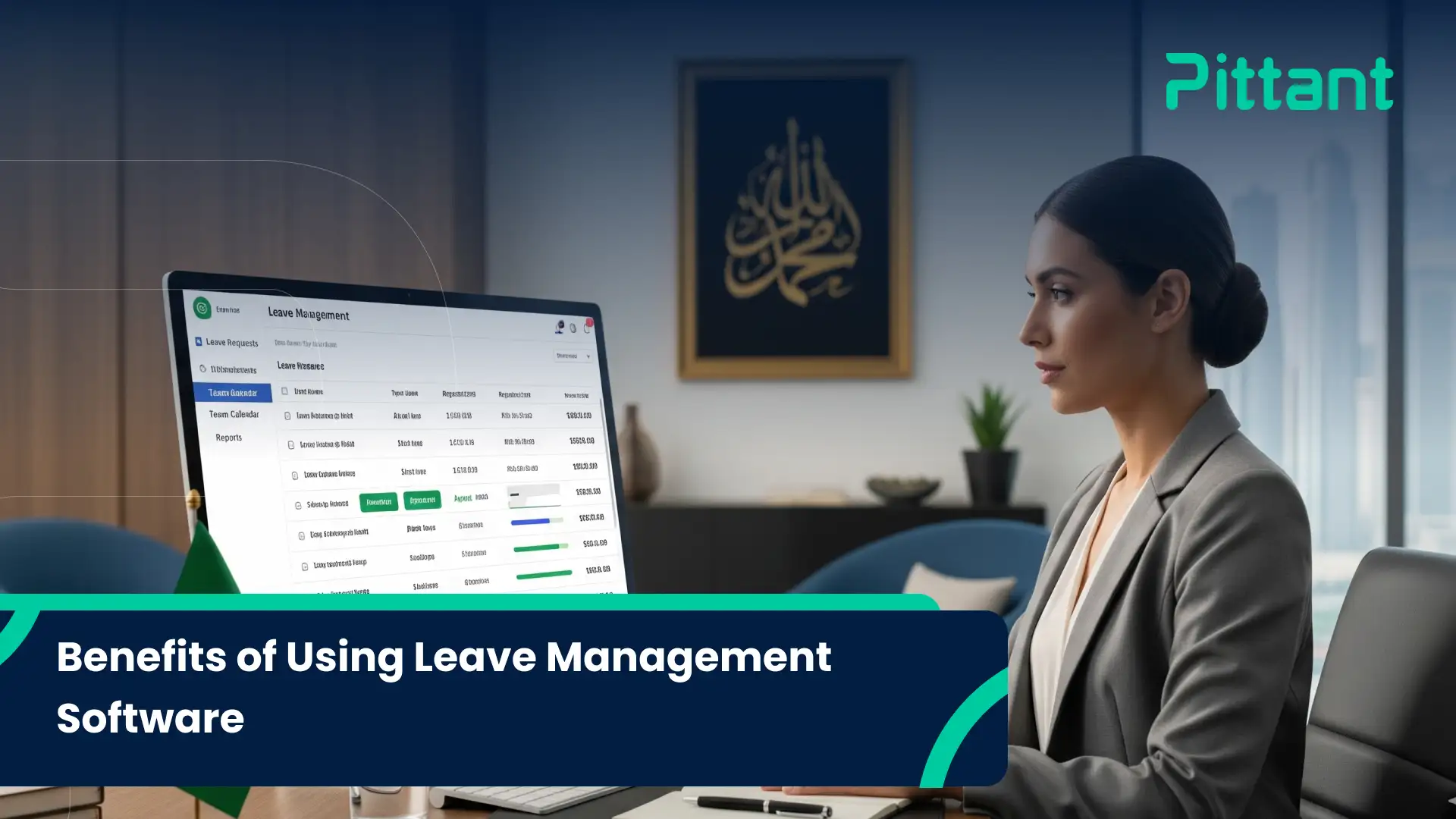The employee off-boarding process is crucial to maintain a positive environment and ensure a smooth transition for a departing employee and the remaining workforce. It consists of various steps to gather essential documents, continue with paperwork, and provide a positive experience. The main components are the exit interview and collecting feedback to ensure a smooth handover of the rights, responsibilities, and company property. Companies can acquire a smooth transition process by following the essential guidelines and complying with local regulations in the Saudi Arabia.
This blog defines all the essential aspects of acquiring a smooth and legally compliant employee transition process in the Saudi Arabia.
A well staff off-boarding process is essential to maintaining a positive company culture. It requires careful planning to ensure an easy transition process for departing workers and the remaining employees. The main aspects are exit interviews, getting essential feedback, and acquiring company properties from the employee. It also requires essential documentation and support for an easy transition period.
Best Practices for Employee Off-boarding
A well-executed off-boarding process is crucial for maintaining a positive company culture and ensuring a smooth transition. Businesses need to follow the essential and the best practices, including conducting exit interviews to gather valuable feedback, ensuring a smooth return of company property, providing necessary documentation, and offering support during the transition period. Additionally, prioritizing clear communication, well-being, and seamless knowledge transfer can contribute to a positive parting experience for both the departing employee and the remaining team.
Essential Documentation for a Seamless Transition
When an employee departs, it’s crucial to gather and return all necessary documentation. This includes employment agreements, confidentiality agreements, company property receipts, and any other relevant paperwork. Ensuring a complete and organized handover minimizes the risk of future issues during the transition process. The essential documentation and paperwork are the legal requirements of the Saudi Arabia labor laws.
Legal Requirements for Employee Off-boarding
Legal compliance with labor laws is essential for off-boarding procedures. Companies must ensure that the necessary work permits, paychecks, notice periods, and other required information must be provided with legal adherence. However, it’s essential to identify outstanding issues, such as unused annual leave or vacations, to avoid legal obligations.
Clear Communication: Key to Smooth Employee Off-boarding
Clear and transparent communication is the key to smooth employee transition and departing procedure. An employer must specify clear expectations and provide support to help reduce the stress from departing workers and remaining team members. Open communication ensures an easy off-boarding process and provides a positive experience, resolving disputes and conflicts and providing reliability for future transitions.
Enhance Your Off-boarding: The Importance of Feedback Collection
Enhance your off-boarding employee experience by collecting feedback from departing workers. It can enhance your off-boarding experience in the future and help you easily deal with departing workers while resolving issues at the time of transition. The last interview with departing employees can provide valuable insights and satisfaction for future transitions. Businesses can find out the required improvement and potential issues to create a supportive work atmosphere in the future.
Insightful Exit Interviews: Extracting Value from Employee Off-boarding
Exit interviews provide a unique chance to collect valuable insights into employee experiences, satisfaction levels, and reasons for leaving. Companies can create an efficient off-boarding checklist to identify the issues and solutions while conducting exit interviews with departing employees.
Prioritizing Well-being in Off-boarding
The employer must prioritize the employee off-boarding process and well-being that is related to employee morale and satisfaction. Employers can provide various resources to support their departing workers, such as health support and outplacement for employee well-being. Companies can help departing workers prioritize their transition for well-being.
Strategies for Off-boarding without Disruption
The best employee off-boarding process can reduce the risks of disputes and manage a positive work environment. The key strategies and stages of the employee off-boarding process are;
- Open communications to ensure honesty and reliability with departing employees and the remaining workforce.
- Time management is essential to handing over the company assets and responsibilities to the team during the transition period.
- Make an effective knowledge transfer plan for smooth continuity of business operations.
- Provide necessary support and resources to the leaving employee, such as career counseling.
- Collect feedback from departing employees to find out the improvements and changes required.
Seamless Handovers: The Art of Knowledge Transfer in Off-boarding
The smooth handovers are the art of knowledge transfer and demonstrate the best off-boarding policy. The successful transition relies on efficient knowledge transfer and responsibilities from departing employees and remaining team members. This knowledge transfer ensures smooth business continuity and less disruption. It requires detailed documentation, training, workshops, and transparent communications. Companies can manage their productivity with an easy transition process for departing workers and remaining employees.
Conclusion
A well-executed employee off-boarding process is crucial for maintaining a positive company culture and providing an easy transition for the departing and the remaining workers. It requires carefully planned steps to ensure a smooth handover of responsibilities, return of company property, and provision of necessary documentation. By following these essential steps, companies can create a positive parting experience and maintain a strong relationship with their former employees. Additionally, conducting exit interviews and gathering feedback can help find out required improvements and enhance future off-boarding processes.
FAQs
What steps are included in an off-boarding process?
The steps included in an off-boarding process are exit interviews, returning the company assets and responsibilities, paperwork, knowledge transfer, necessary support, and open communications.
What are the typical off-boarding tasks?
The common off-boarding tasks are returning company assets, completing paperwork, handover responsibilities, providing feedback, severance pay, and benefits at the end of service.
How to create an off-boarding plan?
To create an effective off-boarding plan, start by identifying key tasks and timelines. Consider factors such as company policies, legal requirements, and the specific role of the departing employee. Develop a clear checklist of steps, assign responsibilities, and ensure open communication throughout the process. Regularly review the plan to adapt to new changes and improve future off-boarding experiences.




